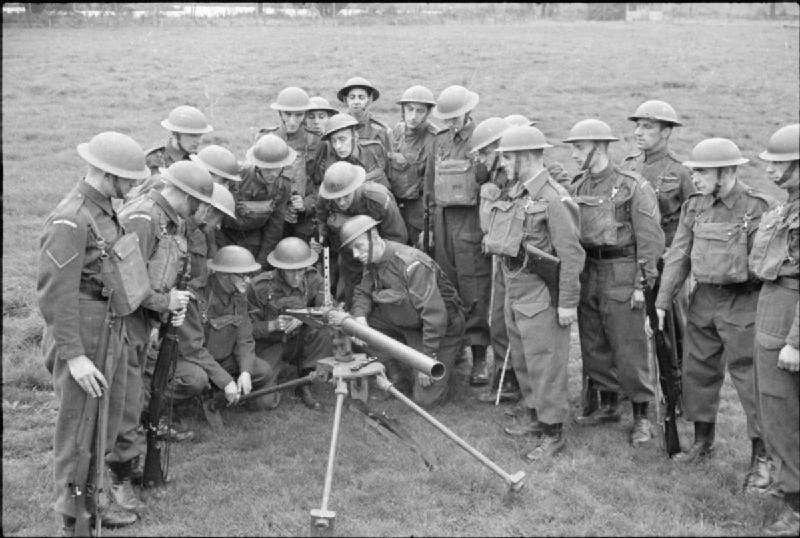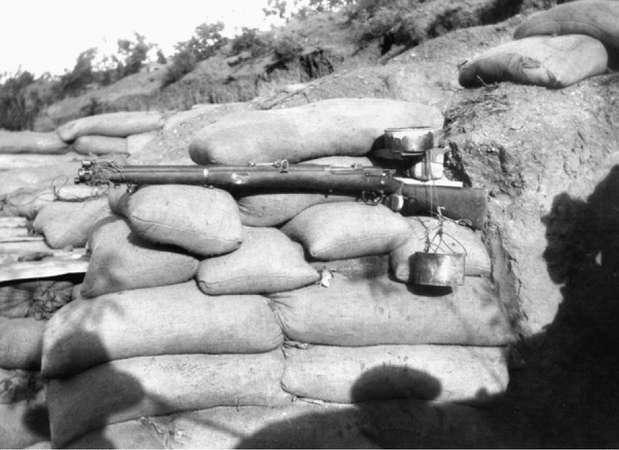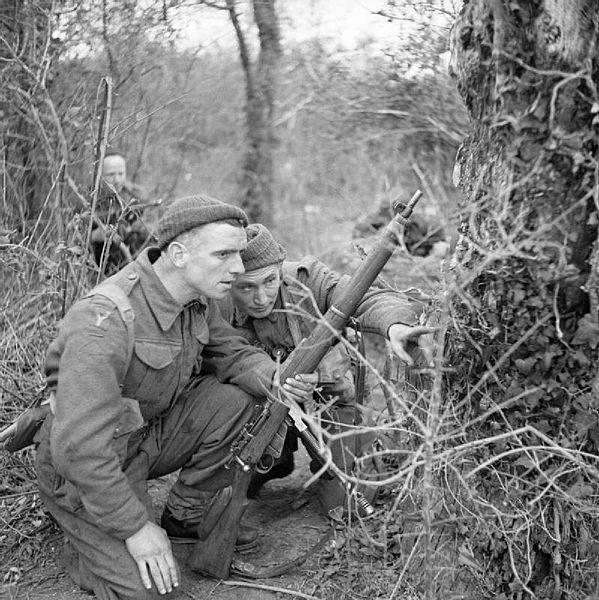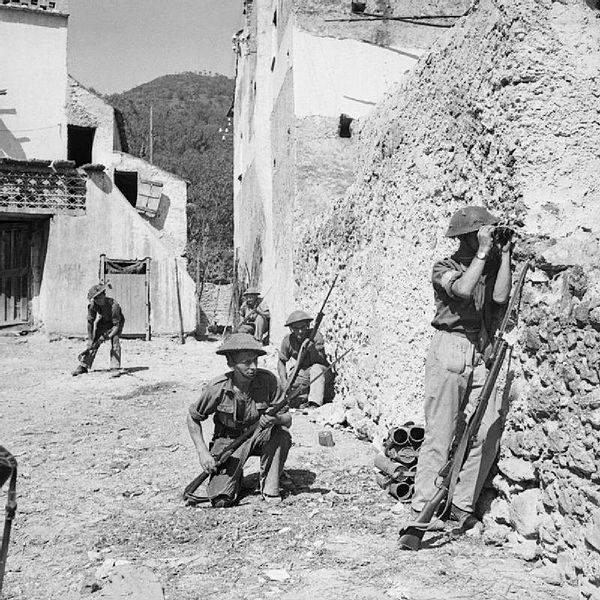-
FREE MEMBER
NO Posting or PM's Allowed


Originally Posted by
RobD

This one shows MLM Mk IIs (I think), in use at Modder River.
This photo explains at a glance the high number of head wounds sustained by
British
troops. The British attributed this to the uncanny marksmanship of the Boers, but it is actually just a function of shallow trenches, flat trajectories, and huge volumes of rifle fire.
Cool photos and info.
The landscape looks somewhat bleak but maybe it's cos I live in the PacNW.
-
04-11-2015 12:06 PM
# ADS
Friends and Sponsors

-
Contributing Member


South Africa has the same amazing variations of landscape as does the USA , and the same vast distances. The northern Cape and Free State (shown in those photos) are a bit like New Mexico.
, and the same vast distances. The northern Cape and Free State (shown in those photos) are a bit like New Mexico.
-
-
Legacy Member

-
The Following 4 Members Say Thank You to Luis Bren For This Useful Post:
-
They still unearth crates of these northover projector napalm bombs. I think some were uncovered near a bridge in Kent recently and the workman smashed a few - until one ignited and singed his hair. He didn't come back for more!. We used to have one of the launchers at Warminster but as it wasn't relevany I think we gave it to the IWM.
I've read about this thing in the bottom photo - I think......... When you were retreating, you could leave a couple of loaded rifles in the trench, pointing in the general direction of the enemy. Put a water can above and a can below, attached to the trigger of the rifle. a VERY small hole in the top can allows water to trickle very slowly from the top can into the bottom can and as some point, the weight of the water will cause the bottom can to fall lower and lower until the weight fires the rifle via the string attached to the trigger.
Won't hit anything (?) of course but will still give the impression that the trench is manned so that a) you can retreat safely and b) ensure that the enemy have to get a platoon assembled to make an organised pincer attack
Last edited by Peter Laidler; 04-12-2015 at 08:11 AM.
-
The Following 8 Members Say Thank You to Peter Laidler For This Useful Post:
-
I believe this technique of remote & delayed firing of the rifle, or at least something achieving the same end, was used during the evacuation of Gallipoli.
-
The Following 3 Members Say Thank You to Roger Payne For This Useful Post:
-
Legacy Member

I believe this technique of remote & delayed firing of the rifle, or at least something achieving the same end, was used during the evacuation of Gallipoli.
That is correct. The same photo appears (reversed) in Les Carlyon's GALLIPOLI.
Last edited by Paul S.; 04-12-2015 at 02:50 PM.
-
-
Legacy Member

Interesting. I noticed the magazine was removed from the rifle. No sense in leaving that behind.
Speaking of things left behind. Did they use the 12 gauge tripwire booby trap back then?
The Northover projector is also interesting to me. The glass incendiary grenades were filled with a mixture of white phosphorus, benzene a rubber. White phosphorus, or “Willie Pete” as it’s called here, ignites when exposed to the air. It’s not real “Napalm”, but in a way the rubber acts like the thickening agents in Napalm… to make it sticky.
Real Napalm was used toward the end of WW2. The name comes from the thickening agents, aluminum salts of NAphthenic and PALMitic acids.
-
The Following 4 Members Say Thank You to Vincent For This Useful Post:
-
Legacy Member

Gallipoli Drip Rifle
The following website includes a pictorial of how the drip rifle worked and comments by historians on its use at Gallipoli.
Myth: The evacuation and the drip rifle - Fact Check - ABC News (Australian Broadcasting Corporation)
-
The Following 2 Members Say Thank You to dbelham For This Useful Post:
-
Legacy Member

Back in my school days growing up in country Australia , leading up to Anzac day each year we would study Gallipoli, and were all taught that the rifles rigged with time delay firing set up with the tins of water was used during the width drawl from Gallipoli
, leading up to Anzac day each year we would study Gallipoli, and were all taught that the rifles rigged with time delay firing set up with the tins of water was used during the width drawl from Gallipoli
-
Thank You to brnom2 For This Useful Post:
-
Legacy Member

-
















 Register To Reply
Register To Reply













